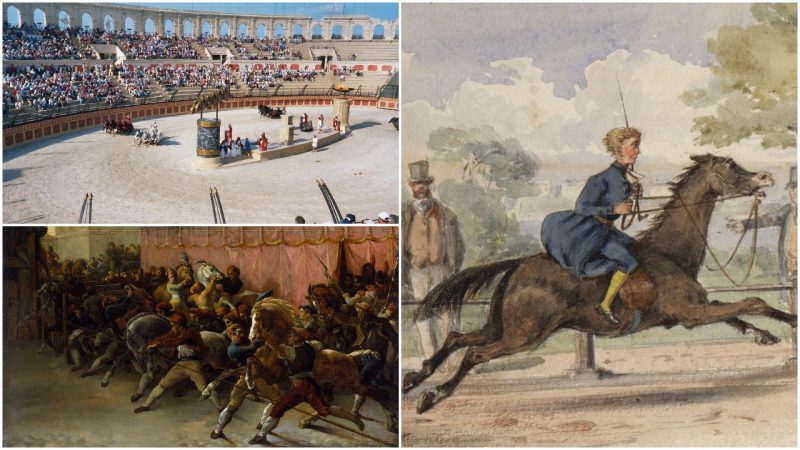People and horses:- since forever, this has been a fascinating and special relationship. Knowledge of the very first horse races might be lost in the maze of ancient times, but the evidence that these events thrived among several ancient civilizations is still there. Horse racing was present from Ancient Greece to Ancient Babylon, Syria, and Egypt. Some spectacular episodes about it can be found in mythology as well, where horse racing contests were said to be held between the steeds of the Nordic god Odin and one of his rivals, the giant Hrungnir.
Chariot racing was by far one of the most popular sports in Ancient Greek, Roman and Byzantine societies. Both chariot and bareback riding were major events at one point during the Ancient Olympics and the Panhellenic Games too. Chariot riding was conducted despite it being a dangerous and sometimes fatal sport for the drivers and horses, but who could resist the thrill of the games!
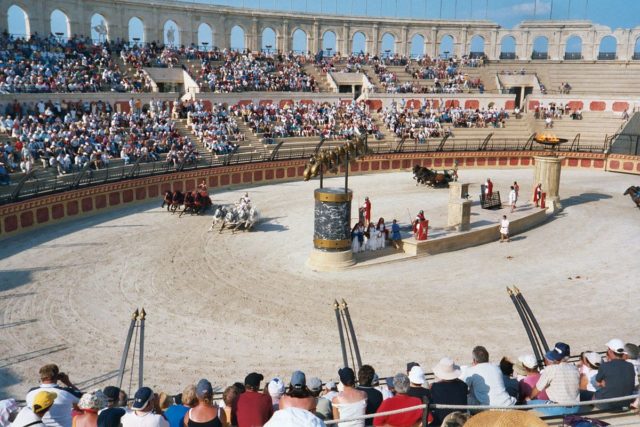
The same horse sports were prominent within the Roman Empire. The spring carnival in Rome was traditionally closed with a horse race, from the mid 15th century until 1882. The show consisted of fifteen to twenty horses without riders that would run the length of the Via del Corse in the historical heart of Rome.
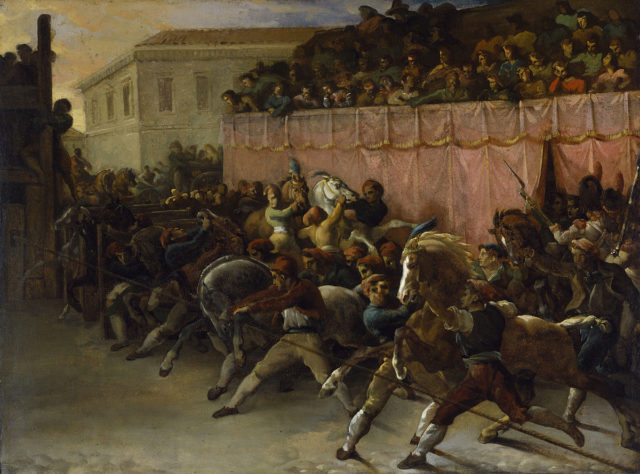
Horse racing was present in the realms of the Middle East and North Africa, where horsemanship has been highly appreciated and cultivated since far back in histroy. Arabian, Barb, and Turk horses are also well noted to have contributed to the earliest European racing events, which became a thing in the times of the Crusades (between the 11th and the 13th century). At the same time, jousting traditions were transferred from the East to the West.
In medieval England, horse racing began when horses for sale were ridden in competition by horse riders to demonstrate the horses’ speed to potential buyers. The first known racing purse can be noted during the reign of Richard the Lionheart, at the end of the 12th century. The king was popular in his own time thanks to his knightly manners and the mastery he had demonstrated in the Third Crusade.
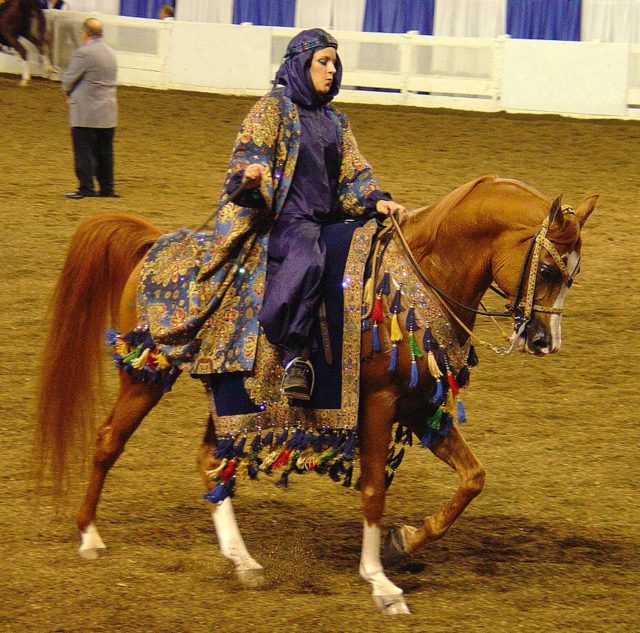
The horse purse offered by Richard was worth £40; with knights for riders, the race extended over almost 5 kilometers long. Horse traditions continued to be nourished with the reign of Henry VIII, who presumably had imported Barbs from Italy and Spain and had established studs at a number of different locations around Britain.
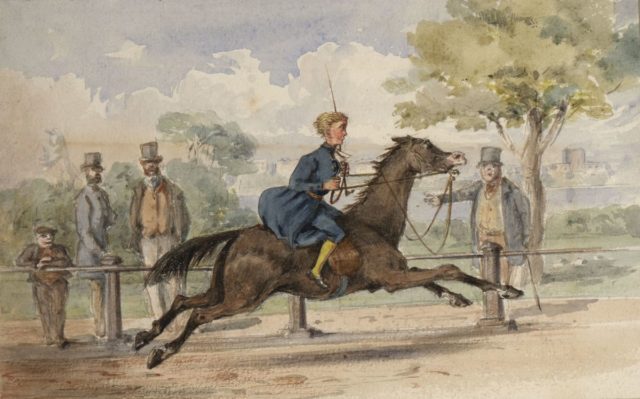
Charles II, who reigned from 1660 to 1685, is acknowledged as “the father of the English turf”. He was the first to bring about articles that set the earliest national racing rules. The first rules of the game required that the horse raced needed to be six years old and at least 168 pounds in weight; the winner horse would be the first to win two 4-mile heats. Charles II also went on to establish Newmarket as the headquarters of English horse racing, in the county of Suffolk. Today, Newmarket counts for the birthplace and global center of thoroughbred horse racing.
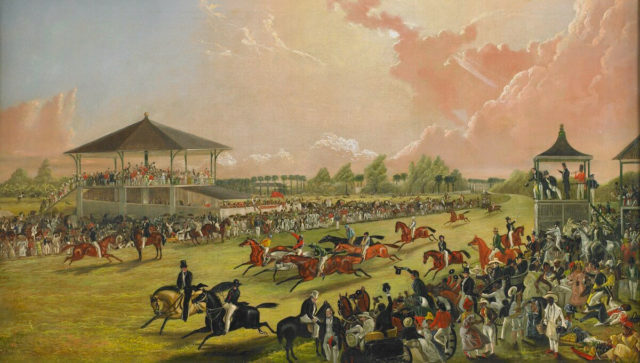
The horse racing trends went transatlantic when the British came to New Amsterdam, todays New York City, in 1664. Organized horse competitions in the colonies were ordered by the commander of the British troops, Richard Nicolls.
A track longer than 3 kilometers was set on the plains of Long Island and was called Newmarket after the British one. The commander also offered a silver cup for the best horses in both spring and autumn seasons.
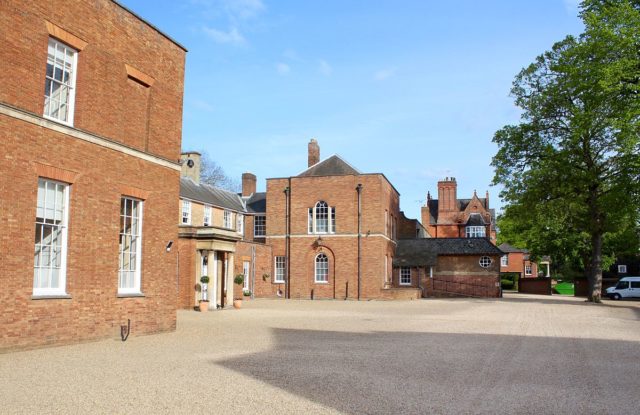
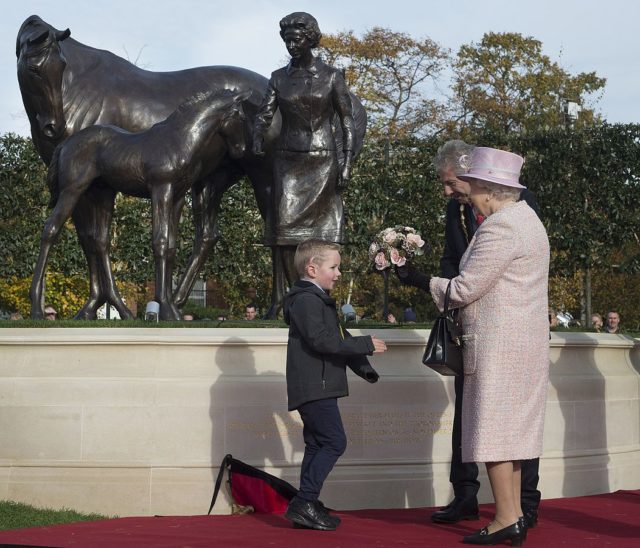
In France, horse racing appeared during the rule of Louis XIV, and gambling was not excluded from it. The first documented competition was held in 1651 as a result of the bet among two noblemen.
Louis XVI also commissioned the opening of a jockey club and established the rules of racing by a royal decree. The rules required certificates of the horse origin and dictated extra weight if the horse was of foreign prominence.
